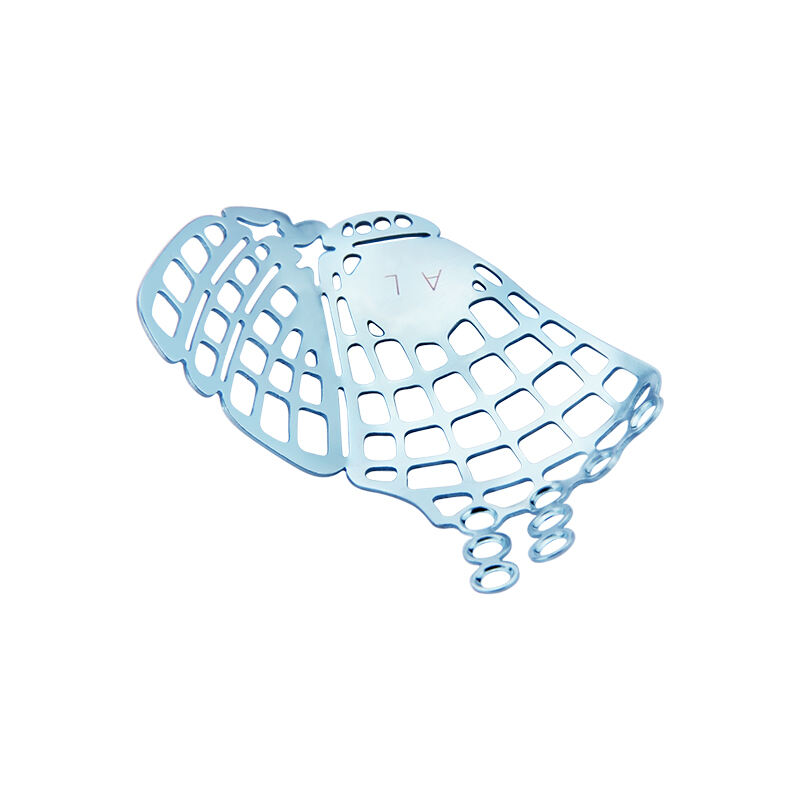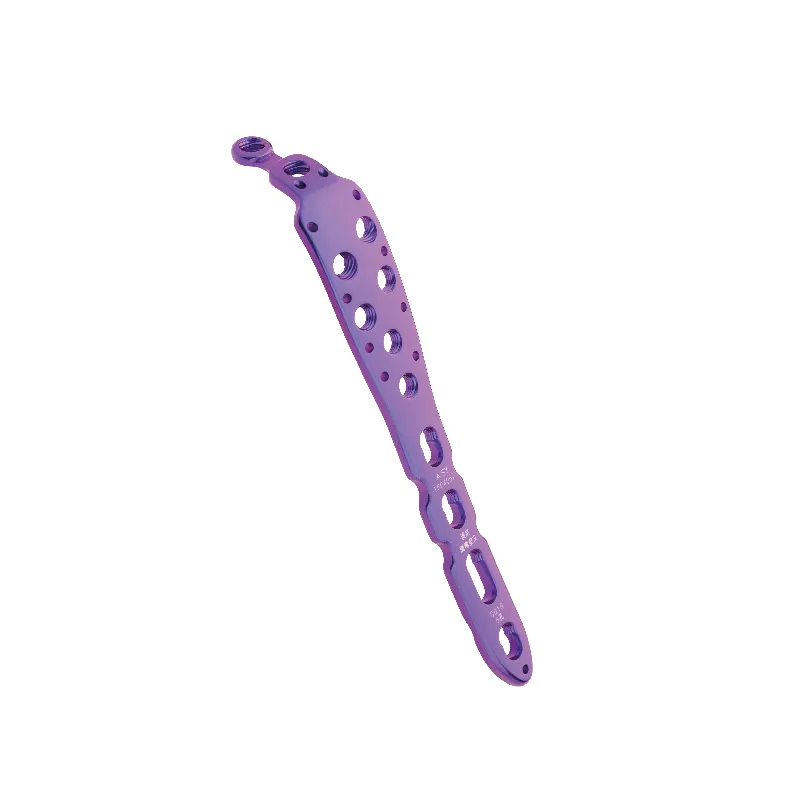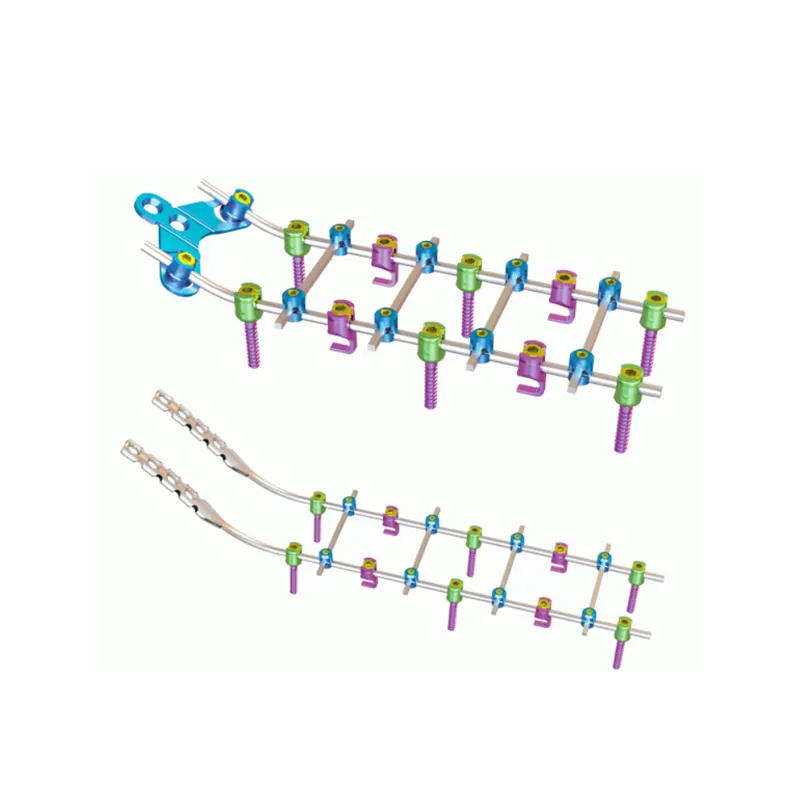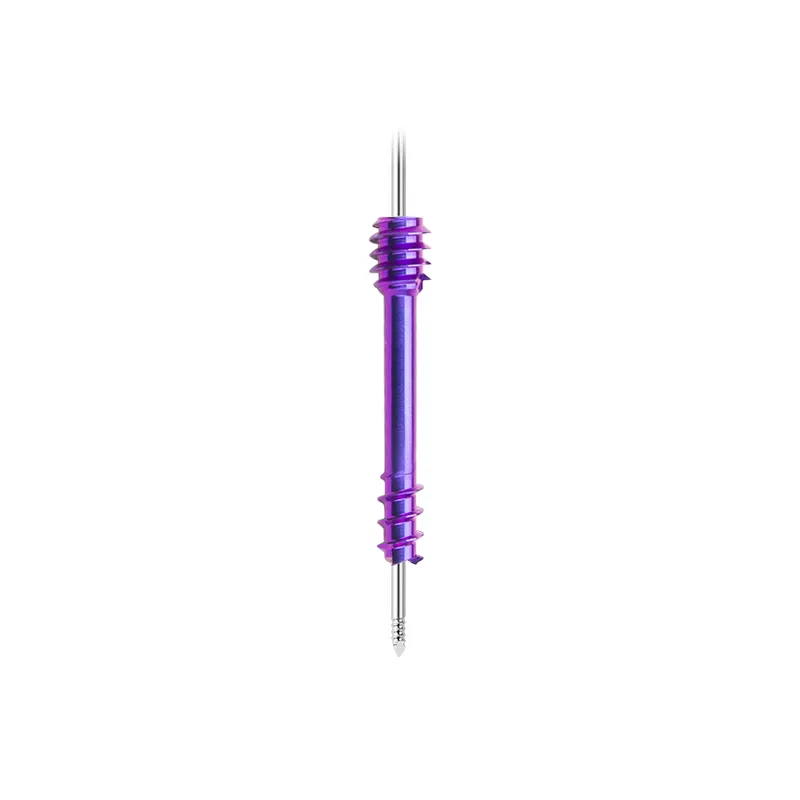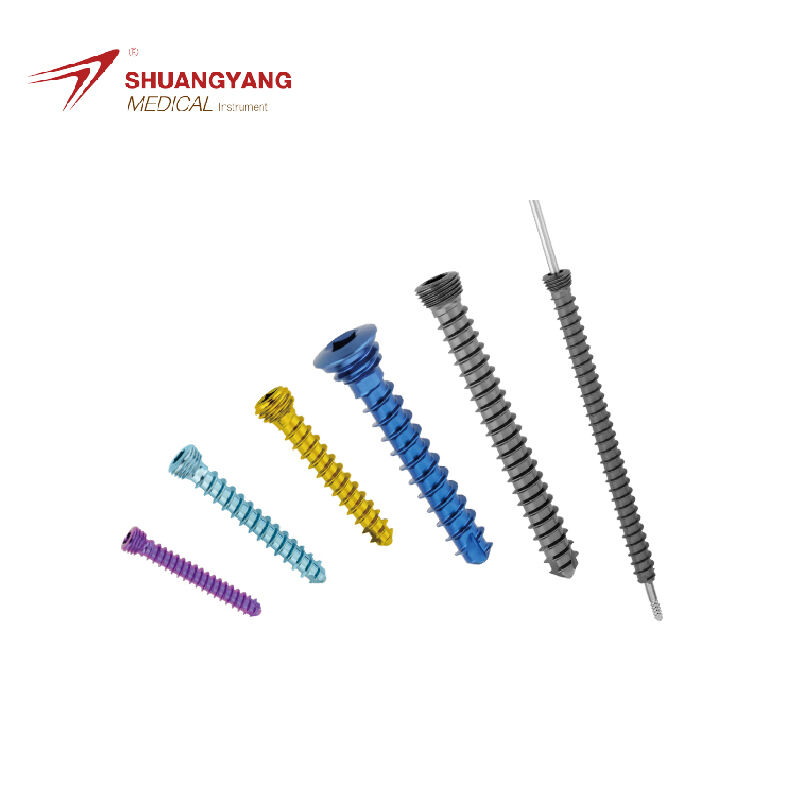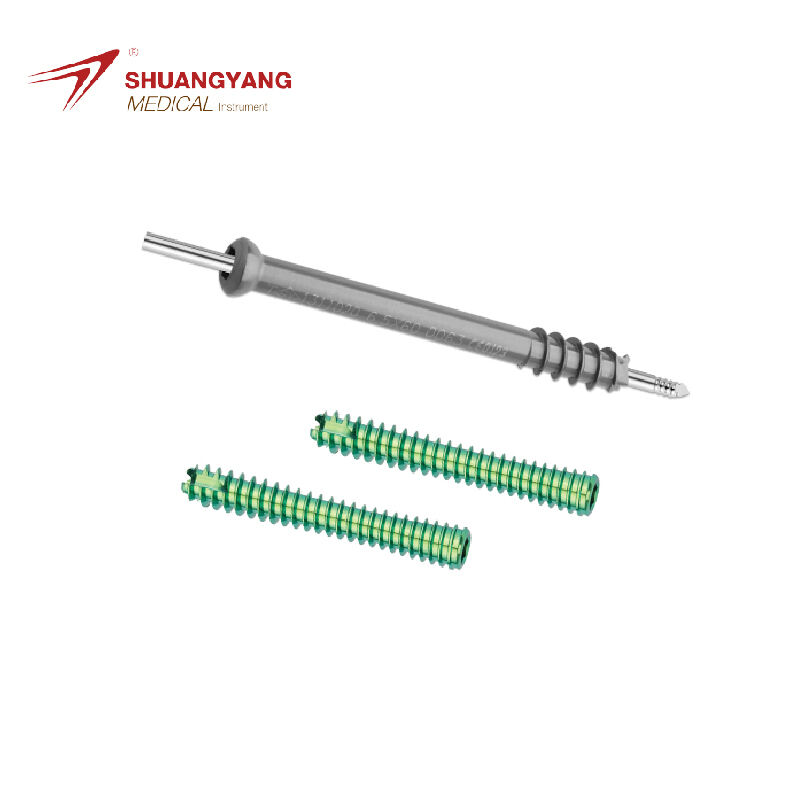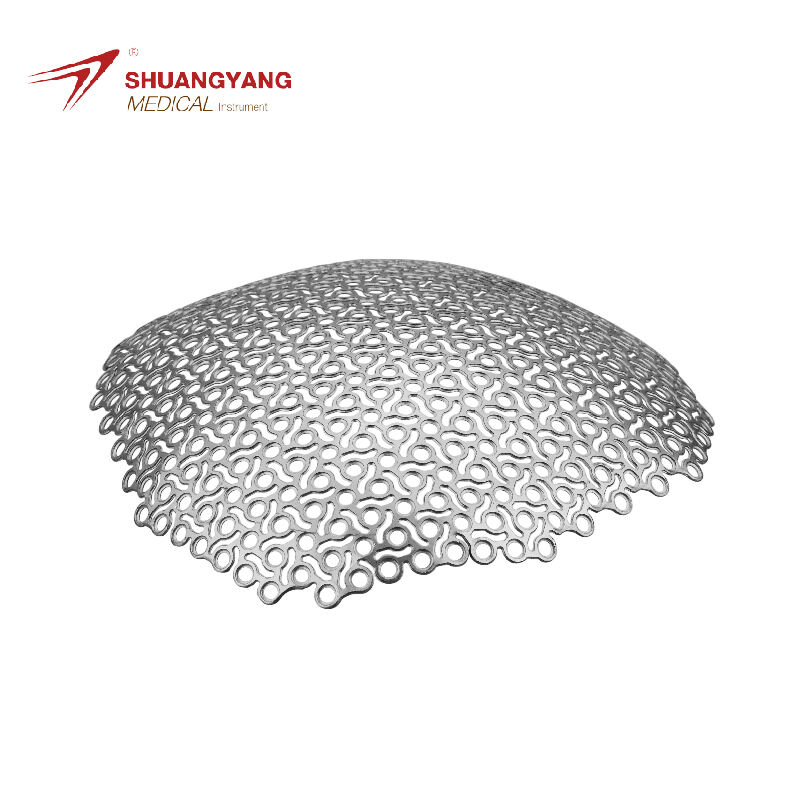minimally invasive lumbar surgery
Minimally invasive lumbar surgery is a cutting-edge procedure designed to treat a variety of spinal conditions with less tissue damage and faster recovery times. This surgery employs advanced imaging and surgical techniques to provide a clearer view and more precise treatment of the spine. The main functions include the removal of damaged discs, the correction of spinal stenosis, and the fusion of vertebrae to stabilize the spine. Technological features such as microscopes, endoscopes, and laser systems enable surgeons to perform the surgery through small incisions, resulting in minimal blood loss and reduced post-operative pain. Its applications range from treating herniated discs and spinal fractures to addressing degenerative diseases and spinal tumors, offering a less traumatic alternative to traditional open surgery.
 EN
EN
 FR
FR
 ES
ES
 AR
AR



